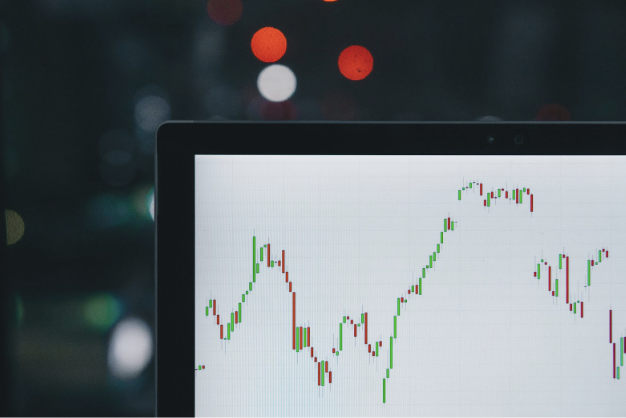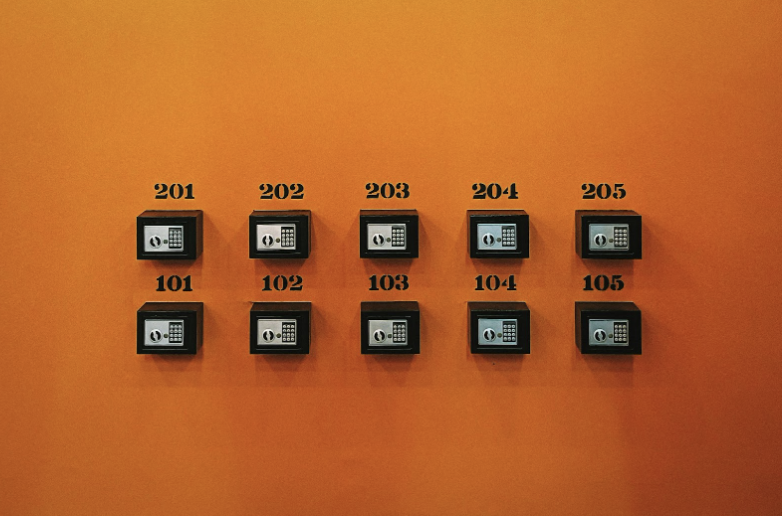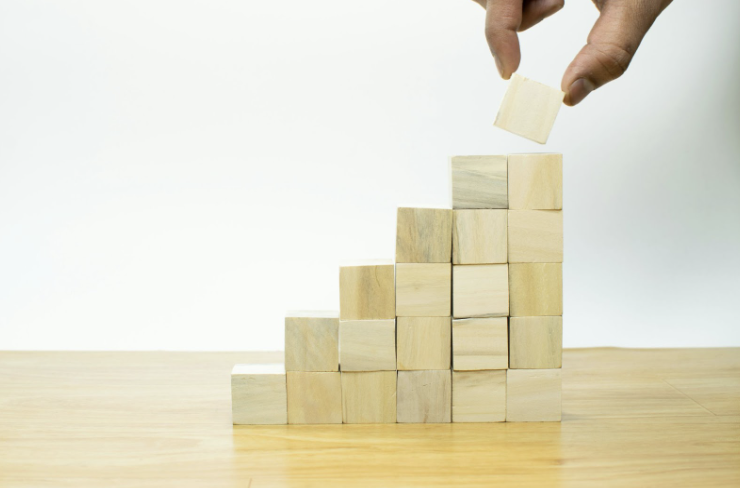L’Europe connaît une nouvelle dynamique entrepreneuriale, portée par l’essor des venture studios. Contrairement aux incubateurs ou accélérateurs traditionnels, ces structures ne se contentent pas d’accompagner les startups : elles les conçoivent, les lancent et les développent en interne. En 2025, les venture studios deviennent un instrument stratégique pour transformer l’épargne européenne — abondante mais souvent sous-investie dans l’innovation — en capital réellement productif.
Grâce à une approche intégrée combinant financement, expertise opérationnelle et création d’entreprise, ils permettent de réduire les risques, d’accélérer la croissance et d’attirer de nouveaux investisseurs particuliers.
Voici les 6 grandes tendances qui montrent comment les venture studios révolutionnent la mise en valeur de l’épargne en Europe.
1. Un modèle de création d’entreprise qui réduit le risque pour les investisseurs
Le venture studio repose sur une philosophie simple : construire plutôt que simplement financer.
Grâce à leur expertise, leur infrastructure et leurs équipes internes (produit, marketing, ingénierie), ils créent des startups avec un taux de succès plus élevé que la moyenne.
En 2025, ce modèle attire de plus en plus l’épargne européenne pour trois raisons :
Les studios testent les idées avant d’y investir, ce qui diminue l’aléa.
Les startups créées s’appuient sur des équipes seniors dès le début.
Les investisseurs particuliers peuvent placer leur épargne dans des portefeuilles plus diversifiés.
Par exemple, Rocket Internet et eFounders (Hexa) ont démontré que les startups issues de studios atteignent plus rapidement la phase de traction et lèvent plus facilement des fonds externes.
Pour les épargnants, cela signifie que chaque euro investi bénéficie d’un cadre méthodologique robuste, réduisant les incertitudes inhérentes au capital-risque classique.
2. La mutualisation des ressources rend l’épargne plus efficace
L’une des forces principales des venture studios réside dans la mutualisation : un ensemble de ressources centralisées accessible à toutes les startups en création.
En 2025, cette mutualisation comprend :
des équipes techniques partagées,
des spécialistes en marketing digital,
des experts en growth, finance, juridique,
des infrastructures technologiques,
des méthodologies éprouvées de go-to-market.
Par exemple, Antler, présent dans plus de 20 pays, met à disposition un réseau mondial de mentors et d’experts permettant aux startups d’accélérer leur développement dès les premiers mois.
En France, Founders Future propose des ressources communes pour aider les startups à structurer leurs premiers produits et leurs opérations.
Cette mise en commun permet de transformer l’épargne en capital productif avec un rendement potentiel plus élevé, car les coûts fixes sont partagés et l’exécution est professionnelle dès le premier jour.
3. Les venture studios facilitent l’accès à l’innovation pour les petits épargnants
Traditionnellement, l’investissement dans le capital-risque est réservé aux investisseurs fortunés.
Mais les venture studios, en collaboration avec les plateformes de crowdfunding et les néobanques d’investissement, démocratisent l’accès à l’innovation.
En 2025, plusieurs mécanismes ouvrent la porte aux petits épargnants :
tickets d’entrée plus faibles, grâce à la tokenisation et au crowdfunding equity ;
fonds spécialisés venture studios accessibles depuis des produits d’épargne long terme ;
applications de micro-investissement permettant d’investir quelques euros dans des startups issues de studios.
Par exemple :
Seedrs et Crowdcube lancent des catégories spéciales dédiées aux startups créées par des studios.
Des néobanques d’investissement comme Trade Republic ou Revolut proposent des portefeuilles diversifiés incluant un pourcentage dédié aux venture studios.
Ainsi, l’épargne européenne, même modeste, peut désormais financer la création de startups, participer au développement technologique et contribuer à la croissance économique.
4. Les partenariats entre venture studios et institutions financières renforcent la chaîne d’investissement
Les venture studios ne travaillent plus isolément. En 2025, ils deviennent des partenaires stratégiques pour les banques, les assureurs et les fonds publics qui cherchent à orienter l’épargne vers l’économie réelle.
Plusieurs exemples illustrent cette tendance :
Bpifrance collabore avec des studios pour identifier et cofinancer des projets industriels deeptech.
Des assureurs européens créent des fonds spécialisés destinés à investir dans les startups issues de studios.
Des banques privées proposent des mandats de gestion intégrant des allocations en venture studios.
Ces partenariats permettent :
de sécuriser les investissements grâce à des co-garanties,
d’élargir la base d’épargnants participants,
d’alimenter un pipeline constant de projets solides.
Ce mouvement rapproche le monde de l’épargne traditionnelle du capital-risque, créant un écosystème plus fluide et plus performant.
5. La data et l’IA améliorent la sélection et la création de startups
Les venture studios s’appuient de plus en plus sur la data pour identifier les opportunités de marché, tester les idées et optimiser la création d’entreprises.
En 2025, les studios les plus avancés utilisent :
des outils d’analyse prédictive,
des modèles d’IA générative pour tester des hypothèses et simuler la demande,
des plateformes de collecte de données sectorielles,
des benchmarks automatisés de concurrence,
des analyses comportementales pour comprendre les besoins clients.
Par exemple, Entrepreneur First analyse des milliers de profils pour construire des équipes fondatrices complémentaires, maximisant ainsi les chances de succès.
Des studios spécialisés dans la santé (comme Molecule ou Future4Care) s’appuient sur des données cliniques et réglementaires pour sélectionner les projets les plus prometteurs.
Grâce à ces méthodes, l’épargne investie bénéficie d’un processus de décision reposant sur des données concrètes plutôt que sur l’intuition seule, ce qui augmente son potentiel productif.
6. Le modèle des venture studios séduit les épargnants engagés et crée de l’impact
Les venture studios jouent un rôle grandissant dans la construction d’innovations à impact : climat, santé, éducation, mobilité durable, économie circulaire.
En 2025, de nombreux studios choisissent de se spécialiser :
Planet A Ventures et Fifty Years construisent des startups à impact environnemental.
Springworks s’oriente vers des projets d’économie circulaire.
Des studios africains et européens co-construisent des solutions agricoles, énergétiques ou de finance inclusive.
Pour les épargnants, cela représente un double avantage :
un potentiel de rendement,
un impact positif sur la société.
Ces produits d’épargne orientés venture studios s’adressent particulièrement aux jeunes générations — millennials et Gen Z — qui cherchent à donner un sens à leur capital tout en soutenant l’économie réelle.
Conclusion : les venture studios, catalyseurs d’une épargne plus productive et plus innovante
En 2025, les venture studios deviennent un pilier central pour transformer l’épargne européenne en capital productif. Grâce à leur modèle intégré, leur mutualisation des ressources, l’usage de l’IA, et leurs partenariats avec le secteur financier, ils offrent une voie nouvelle pour financer l’innovation à grande échelle.
Ils permettent de réduire le risque, d’améliorer l’efficacité du capital, de démocratiser l’accès à l’investissement et d’accélérer la création de startups solides et compétitives.
L’avenir s’annonce clair : dans une Europe en quête d’autonomie économique, les venture studios apparaissent comme l’un des leviers les plus prometteurs pour convertir l’épargne en moteur de croissance, d’emploi et d’innovation.





















